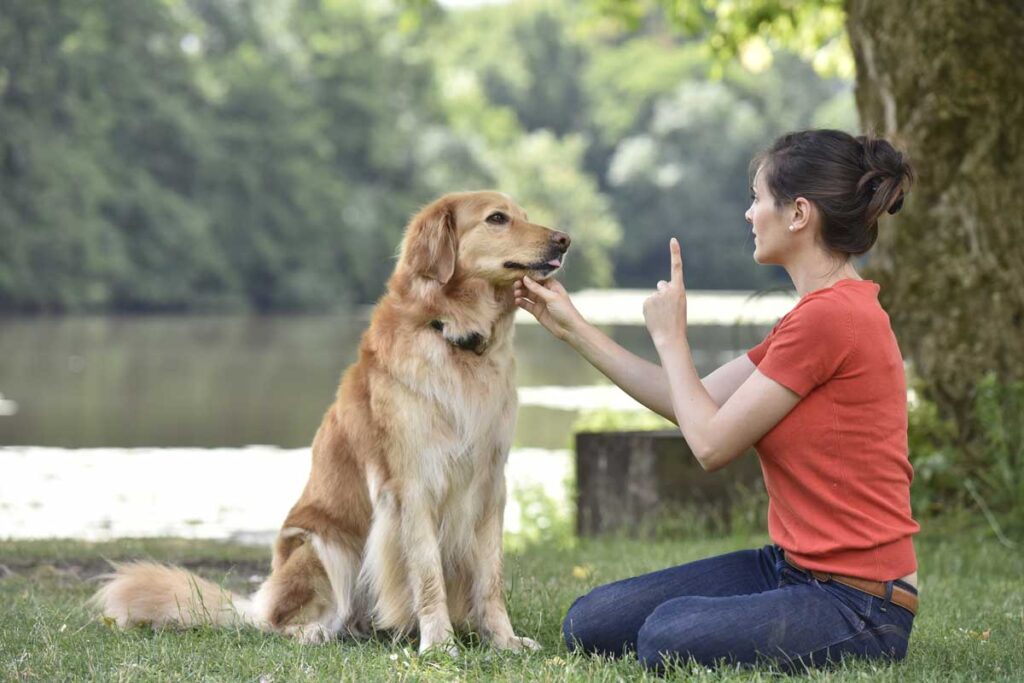Training a dog to be calm, obedient, and happy is a rewarding journey that not only enhances the bond between the dog and its owner but also contributes significantly to a harmonious household. The first step in this process understands the importance of positive reinforcement. This method focuses on rewarding desired behaviors rather than punishing unwanted ones, which can create a fearful or anxious dog. Using treats, praise, and play as rewards encourages your dog to repeat good behavior. Establishing a routine is crucial; dogs thrive on consistency. Regular feeding times, walks, and training sessions create a predictable environment, helping the dog feel secure. Start with basic commands such as sit, stay, and come. These commands serve as the foundation for further training and can significantly improve your dog’s obedience. Be patient and use clear, concise commands. Dogs respond better to short phrases than long explanations. Consistency in your tone of voice and body language also helps.

For instance, a firm but calm voice when giving commands signals authority, while an enthusiastic tone during praise reinforces positive behavior. Training sessions should be kept short and fun; dogs have limited attention spans, so aim for 5-10-minute sessions, gradually increasing as the dog learns. Incorporate play into training to keep it enjoyable and engaging. This can include games that involve fetching or agility exercises, which stimulate both the dog’s mind and body. Socialization is another critical aspect of dog training. Expose your dog to various environments, people, and other animals from an early age. This helps reduce anxiety and fosters a well-rounded temperament. Group training classes can be beneficial, as they provide a controlled environment for socialization while also offering guidance from professional trainers. Furthermore, understanding your dog’s breed-specific traits can enhance your training approach. Different breeds have unique characteristics and energy levels; for example, working breeds may require more physical activity and mental stimulation than others.
Tailoring the training center for dogs in Syracuse fit these needs will help in achieving a calm and obedient demeanor. Incorporate physical exercise into your dog’s daily routine. Regular walks, runs, or playtime in a secure yard can help expend excess energy that might otherwise manifest as hyperactivity or disobedience. A tired dog is generally a more relaxed and well-behaved dog. Mental stimulation is equally important; consider puzzle toys, obedience games, or training new tricks to keep your dog engaged and satisfied. Incorporating crate training can also promote a sense of security for your dog. A crate should be seen as a safe space rather than a punishment. It can help with house training and provides a cozy den-like environment for your dog. Gradually introduce the crate, making it a positive experience by using treats and praise. Teaching your dog to relax on command is beneficial for both the dog and the owner. Commands like settle can help the dog understand when it is time to be calm.
